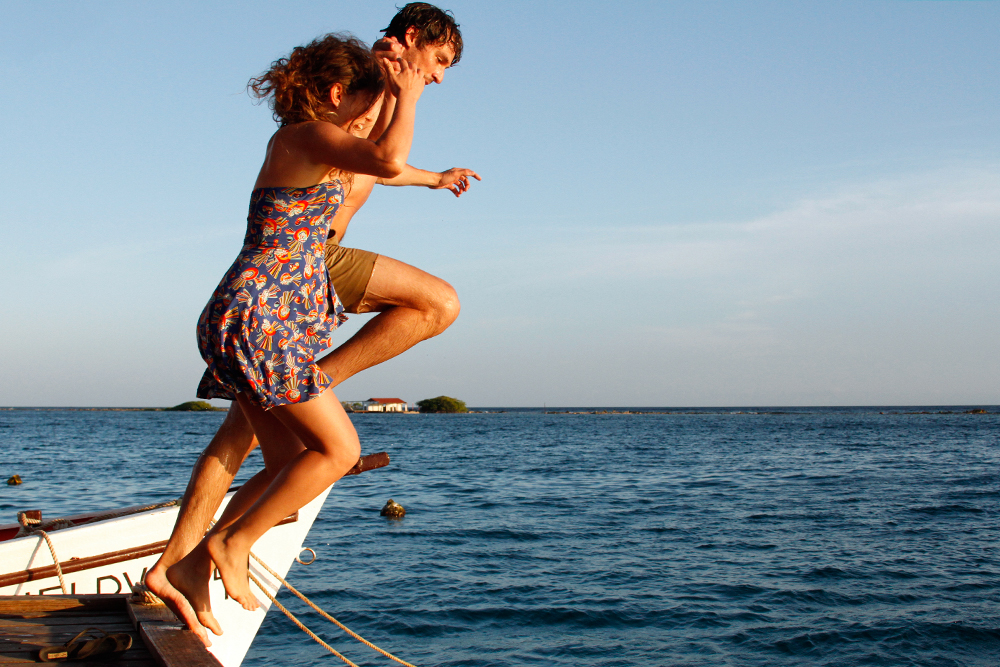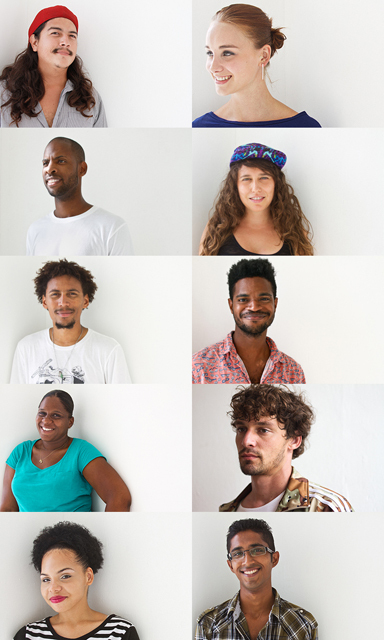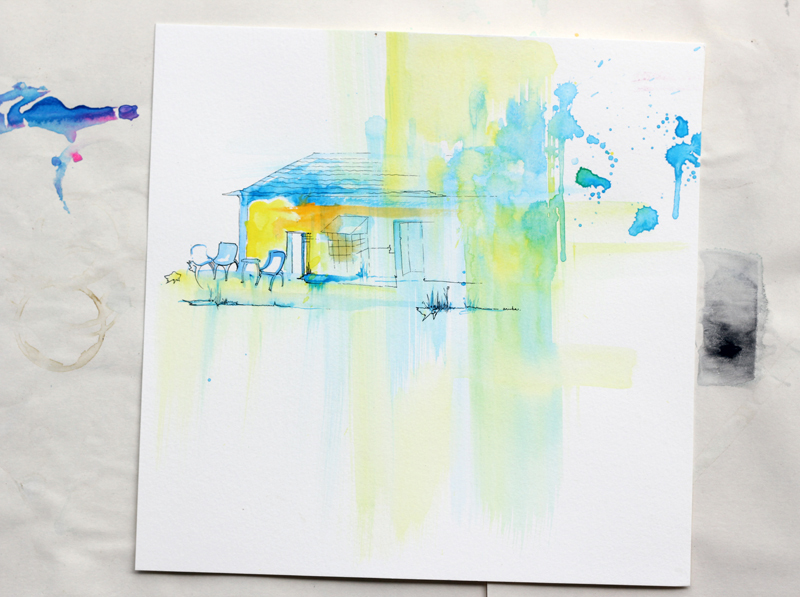Puerto Rican artist Sofia Maldonado writes about her experience during Caribbean Linked II, a residency programme at Ateliers '89, Aruba. Maldonado cites the importance of projects like this in transcending boundaries -- geographical, political, cultural and language limitations -- and instead revealing the commonalities of the region. The relationships and dialogue that emerged out of the diverse work each artist produced for the final exhibition was testimony to the fact that in the Caribbean "there is far more that unites, than separates."
--
Aruba was home to ten Caribbean artists for two weeks from August 25 to September 6. This 19-mile long island of the Lesser Antilles happens to be one of the great tourist stops in the Dutch-Caribbean, but for these contemporary artists it became an artistic workshop. For two weeks, Aruba was transformed into a studio of endless possibilities, conceptual research, and multicultural exchange. Between long walks on the white sand of this intriguing "desert island" and sporadic swims in the pristine Caribbean Sea, ten artists from the Spanish, French, English and Dutch Antilles were able to meet face to face and share an incredible moment of creative exchange.
This cultural exchange was made possible, thanks to the three daring directors that organized Caribbean Linked II at Ateliers '89. Annalee Davis, director of the Fresh Milk Art Platform Inc., Holly Bynoe, curator and Editor-in-Chief of ARC Magazine and Elvis Lopez, director of the Ateliers '89, challenged the great geographical barrier of the Caribbean, its sea, and brought together artists from "afar", representatives of the cultural diversity inherent to the Caribbean. Artists whose origins, languages and artistic media are very diverse were invited to converse about the importance of creating alternative spaces, establishing links between the artists of the different islands, exchanging ideas and sharing their creative process.
Economic and artistic limitations in cmany Caribbean islands often compel young contemporary artists to turn their heads towards the booming capitals in the US or Europe that have larger art budgets and art markets; leaving behind -- much to their regret -- the Caribbean as a possible creative arena. Caribbean Linked II at Ateliers '89 offered a journey into the artistic complexities of a postcolonial society. All Caribbean artists have at least two things in common: their colonial past and their postcolonial present. Aruba provided the perfect setting for a natural and spontaneous dialogue between the artists who found themselves "at home in the Caribbean". The trips to the arid landscapes, the interactions with the Aruban people provided the opportunity to discuss a shared history and culture. It was a voyage of cultural, historic and political awareness. The artists were given the space to puzzle out their own experiences, experiment and create. Some collaborated in a physical way, others on a philosophical level.
Ateliers '89 is not alone in this endeavor. Important creative networks have been on the rise in the Caribbean. A growing need for global and intra-island connections has encouraged the creation of spaces such as: The Fresh Milk Art Platform in Barbados, NLS (New Local Space) in Jamaica, Ateliers '89 in Aruba, Instituto Buena Bista in Curacao, Alice Yard in Trinidad, Beta Local in Puerto Rico and many others. These programs have inspired contemporary art practices in their own countries and have projected them outside of their natural boundary, the sea. Although the Caribbean islands are pretty close together, the natural barrier hampers cultural exchange and communication. There are also other obstacles, besides the sea, that impede the flow of ideas between islands, most of which have their origins in the colonial period. Whatever political discrepancies, cultural and language differences exist are the remnants of colonial times. Creative spaces, like Ateliers '89, hope to break through these complexities and obstacles in order to bring together artists, artistic manifestations and people. Experiences like Caribbean Linked II bring forth the pivotal truth: there is far more that unites, than separates.
Elvis Lopez, director of Ateliers '89, recognizes the communication barriers within the diverse islands of the region. He has been able to provide a crucial exchange by inviting the selected artists to CARIBBEAN LINKED II: Omar Kuwas (Curaçao), Veronica Dorset (The Bahamas), Mark King (Barbados), Shirley Rufin (Martinique), Sofia Maldonado (Puerto Rico/US), Dhiradj Ramsamoedj (Suriname), Rodell Warner (Trinidad and Tobago), Robin de Vogel, Kevin Schuit and Germille Geerman (Aruba). A group exhibition concluded the two week long residency. ARC Magazine and Fresh Milk will publish each artist's written contribution and recollection about his/her experience on their online platforms.
As Mark King wrote, "CARIBBEAN LINKED II was an experiment gone right. Throw ten artists into a beaker, step back, and see what happens. Having Aruba as the setting was a great call. The island is such a cultural melting pot, an ideal space to navigate our processes and promote collaboration."
During two long weeks, winds of creative and conceptual freedom blew in Aruba, the desert-island. Caribbean artists explored outside the boundaries of the art studio. Some artists worked with what they found: construction materials, all sorts of objects, fabric, rocks and money. Others developed an evident curiosity for the arid landscapes of Aruba, patterns found in floor tiles and political propaganda. The use of photography as final medium or part of the creative process was a constant in the group.
There was an intriguing correlation between all the projects. Surprisingly all of the pieces synced. Ten artists speak one language. It is Caribbean. It is Contemporary. It is World-art. It is the voice of an emerging generation of artists that speak a universal language independently of our Caribbean heritage.

